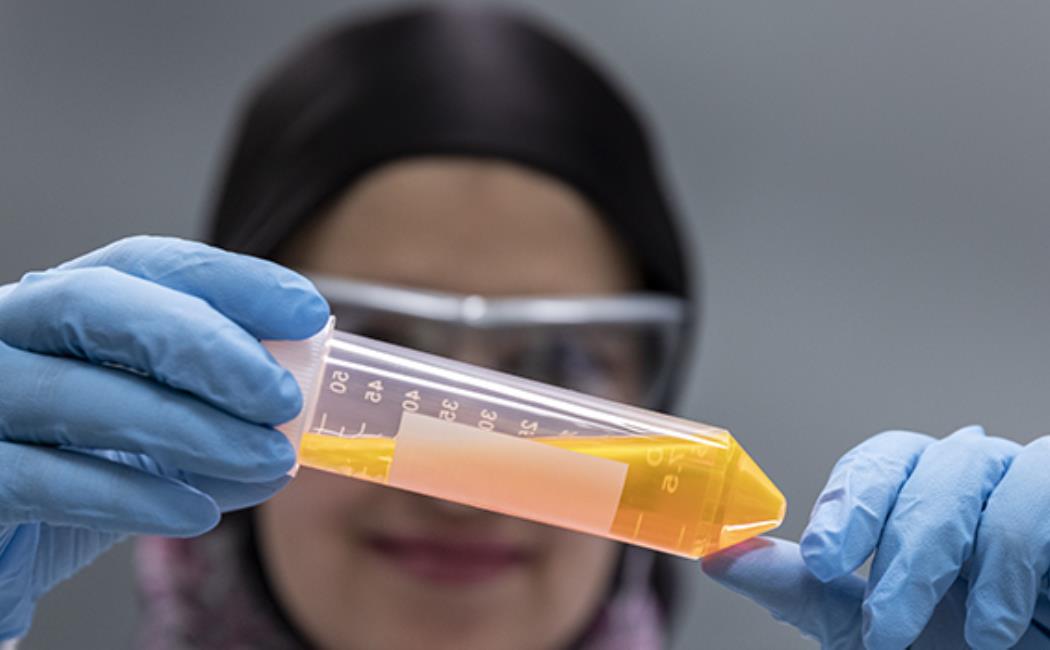
Quenching scientific curiosity with single-molecule imaging
24 July, 2019
A single-molecule imaging technique, called protein-induced fluorescence enhancement (PIFE), has gained traction in recent years as a popular tool for observing DNA–protein interactions with nanometer precision. Yet, according to a new KAUST study, research laboratories have not been using the technique to its fullest potential.
The PIFE assay is predicated on the idea that DNA tagged with a fluorescent dye will glow brighter when proteins are bound in the vicinity. In many instances, this is true—which has led many scientists to adopt PIFE over other more labor-intensive techniques that rely on dual labeling of proteins and DNA.
But Samir Hamdan's graduate students Fahad Rashid, Manal Zaher and Vlad-Stefan Raducanu realized that protein binding to DNA-dye complexes could sometimes have the opposite effect as well. Instead of enhancing the fluorescent signal, protein interactions can sometimes dampen the glow, depending on certain properties of the system.
Click here to read the full story
Image: Manal Zaher holds up the DNA-dye complex.
© 2019 KAUST